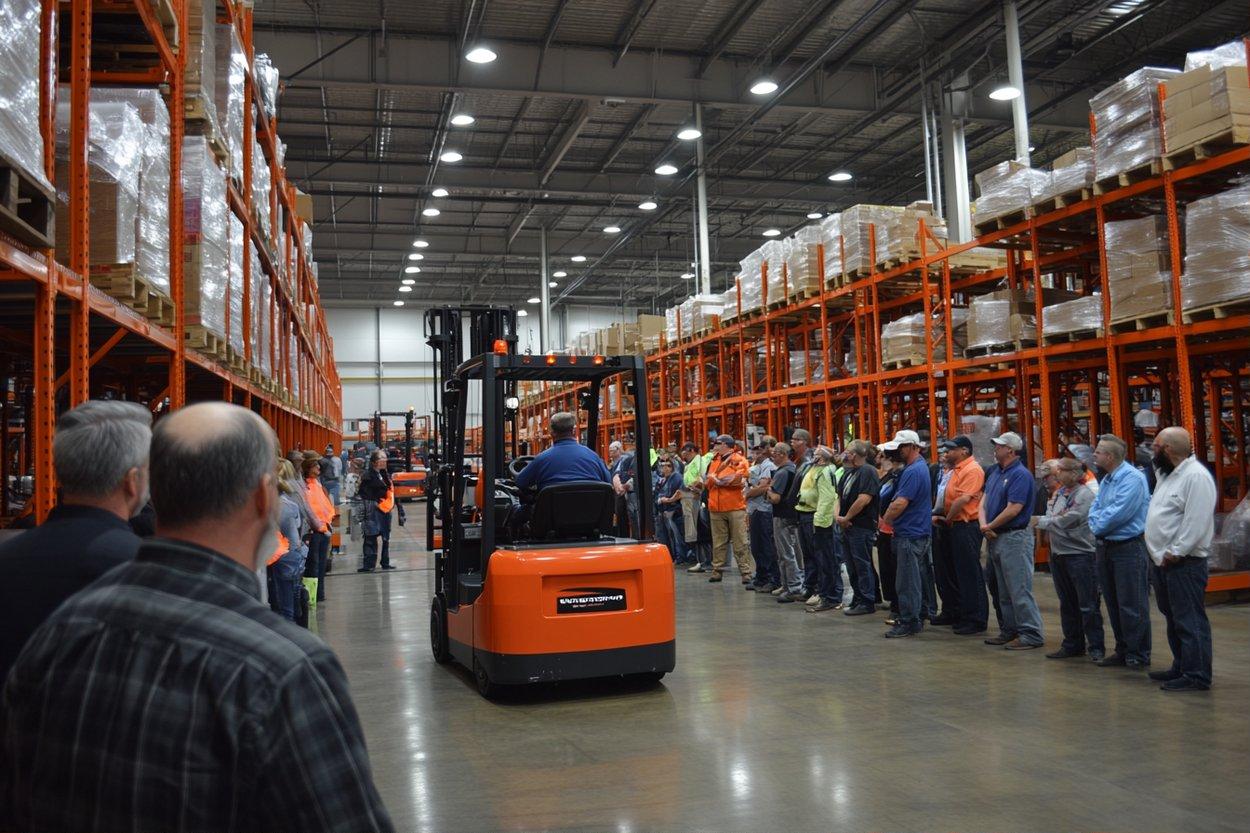Maintaining Operational Safety During Equipment Upgrades
Equipment upgrades are essential for maintaining competitiveness, but they introduce temporary risks to people, processes, and production. This article outlines practical steps for sustaining operational safety during upgrades, covering planning, worker preparedness, regulatory compliance, and how technology such as digitization and iot can reduce disruption.

Equipment upgrades can improve reliability and efficiency, yet they also bring transient hazards to personnel, assets, and ongoing operations. Effective preparation balances production continuity with rigorous safety, aligning procurement, maintenance, and operations teams early. Clear roles, staged commissioning, and communication with logistics and supplychain partners limit surprises. Emphasizing training and documented compliance procedures helps maintain consistent safety performance while upgrades are executed and validated.
How does manufacturing planning support safety?
Manufacturing planning should build safety into the upgrade schedule rather than treating it as an add-on. Risk assessments during the design and procurement phases identify hazardous energy sources, confined spaces, or material handling changes. Cross-functional planning that involves procurement, operations, maintenance, and safety teams clarifies expected downtime windows and spare part logistics. Where possible, schedule intrusive work during low-volume shifts and use mock installations or digital twins to validate processes before physical changes, reducing unexpected safety exposures on the shop floor.
What role does automation play in reducing hazards?
Automation can reduce manual interventions and exposure to hazardous tasks but requires careful integration. When introducing new control systems or robotics, verify interlocks, emergency stops, and safe state behaviors. Functional safety validation — including testing of safety PLCs and sensor arrays — should be documented and repeated after any software updates. Automation changes also affect maintenance routines and training needs, so maintenance teams must receive updated procedures and diagnostic access to ensure safe troubleshooting without introducing new operational risks.
How to manage supplychain and logistics risks?
Supplychain and logistics interactions influence safety during upgrades through timing, storage, and material movement. Coordinate inbound deliveries to avoid congested staging areas and ensure handling instructions for heavy or hazardous components are clear. Temporary storage zones should meet housekeeping and energy isolation standards. Engage carriers and local services early to confirm equipment lifting plans and site access. Track critical spares and consumables in procurement systems to avoid rushed substitutions that could compromise safety or compliance during installation.
What maintenance and compliance steps are essential?
Maintenance teams must lead lockout/tagout (LOTO) planning and verification for equipment upgrades, with documented procedures for isolation and safe re-energization. Update maintenance records and preventive schedules to reflect new components and intervals. Compliance checks should include inspection of guarding, labeling, and circuit protection following installation. Maintain traceable change records and safety validations to satisfy regulators and internal audits. Regular post-upgrade inspections help detect installation-related degradation early and keep operations within compliance.
How does sustainability and energy influence upgrade decisions?
Sustainability and energy considerations intersect with safety when upgrades change power usage, waste streams, or emissions. Energy audits conducted before upgrades can identify opportunities to reduce risk associated with electrical loads or thermal systems. New equipment may require different ventilation or containment measures; ensure engineering controls meet both environmental goals and worker protection standards. Incorporating energy-efficient designs can also reduce heat and noise exposures, improving overall workplace safety during and after the upgrade.
How can digitization, iot, analytics, and training improve outcomes?
Digitization and iot solutions enable continuous monitoring during upgrades to detect anomalies in vibration, temperature, or electrical parameters. Analytics can flag deviations earlier than manual checks, allowing proactive interventions. Use temporary sensors to validate commissioning and compare baseline performance against post-upgrade behavior. Equally important is targeted training: operators, maintenance staff, and contractors need clear, role-specific guidance on new interfaces, safety features, and emergency procedures to ensure human factors are addressed alongside technical changes.
Operational safety during equipment upgrades depends on integrating procurement, operations, maintenance, and safety activities into a single, tracked plan. Clear communication with logistics and supplychain partners, validated automation and control changes, documented compliance, and use of digitization tools all reduce risk. Training and staged commissioning close the loop, ensuring that performance gains from upgrades do not come at the cost of workplace safety.





